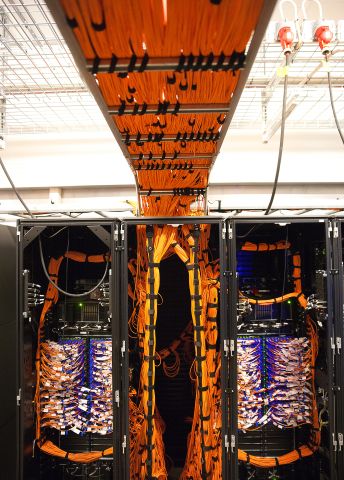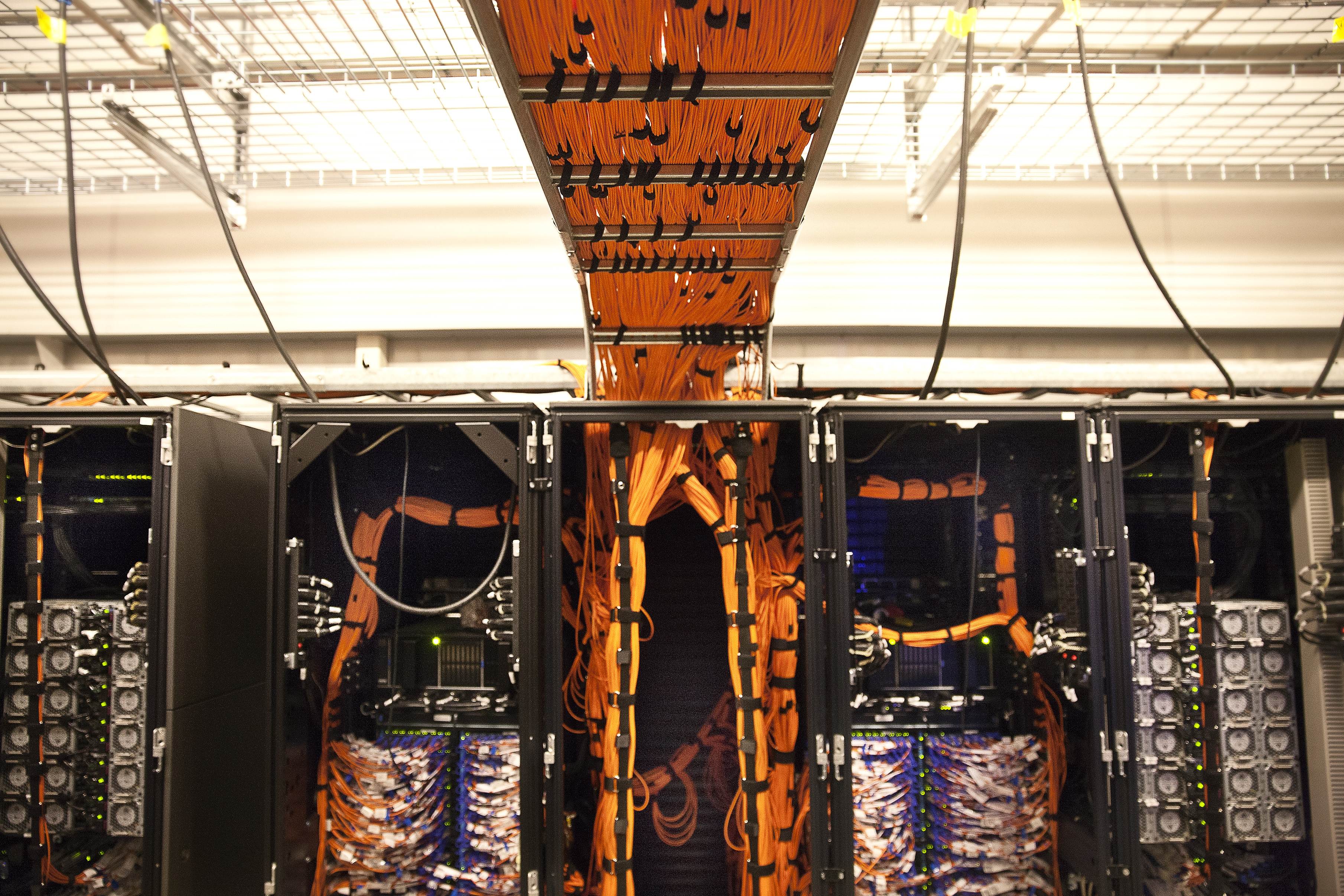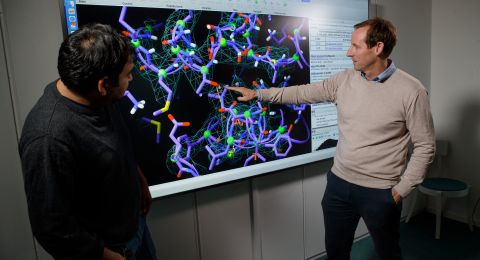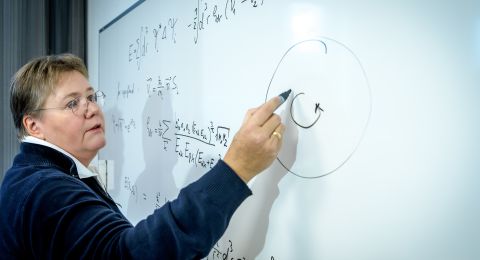
Project Grant 2013
Strong field physics and new states of matter
Principal investigator:
Professor Patrick Norman
Co-investigators:
Linköping University
Igor Abrikosov
Uppsala University
Olle Eriksson
Roland Lindh
KTH Royal Institute of Technology
Yi Luo
Hans Ågren
Stockholm University
Lars G. M. Pettersson
Institution:
Linköping University
Grant in SEK:
SEK 27.9 million over five years
Researchers in all scientific disciplines are full of anticipation. New experimental research facilities are under construction as never before. The world’s first free electron laser was inaugurated in 2010, the Linac Coherent Light Source at Stanford University, and 2015 will see the opening of a similar facility in Europe: XFEL, near Hamburg. Research is expected to begin at the new MAX IV synchrotron facility in Lund the same year.
These multi-million dollar investments are intended to help researchers to study the smallest components of life and the birth of the universe. People talk of a new sort of “big science”, bringing together many disciplines and involving a paradigm shift in physics, chemistry and biology.
But to be able to derive benefit from the scientific potential of these new facilities, it is important not to neglect the development of new theories and models. This is the basic idea behind the project entitled “Strong field physics and new states of matter”, which involves seven research teams at Linköping University, KTH Royal Institute of Technology and Stockholm University.
Patrick Norman is Professor of Theoretical Chemistry at Linköping University and principal investigator of the project.
“We want to establish a national platform and gather the leading theoretical researchers in Sweden. The aim is to have the theoreticians in direct contact with the experimental researchers and to be involved in designing the experiments right from the outset. This will in turn involve a much closer relationship between the researchers than is usually the case.”

New cutting edge facility in Lund
Very much in the spotlight is MAX IV in Lund, a new cutting edge facility in the process of being established with the help of funding from the Knut and Alice Wallenberg Foundation, among others.
“In a synchrotron electrons are rotated at a velocity approaching the speed of light. The circumference of the new synchrotron is almost 530 meters. Electrons travel along the circumferential beam line as if it were a slalom run, emitting high-energy x-rays in the direction of the tangent. There are seven experimental stations along the synchrotron at which the laser-like beam can be used to study the structure of a wide variety of materials, including gases, liquids and metals, as well as biological structures,” Patrick explains.
“MAX IV offers radically new potential in comparison with its predecessors. The intensity of the beam enables us to achieve higher definition images of materials and see more detail. Hopefully, we will also be able to study chemical reactions in the future. It has long been a dream of chemists to see when atomic bonds are broken and created, and we theoreticians are also extremely interested in being able to study sequences of this kind.”
But before carrying out these ground-breaking experiments it is necessary to make advanced computations and simulations. This requires powerful computers. Patrick is also head of the National Supercomputer Centre in Linköping, home to Triolith, one of Sweden’s fastest computers.
Ultra-rapid calculations
From the outside the building housing Triolith looks like a fairly ordinary warehouse, but inside is an impressive server room with flashing diodes and the deafening roar of 1,600 computation servers, each with 16 cores. Nine kilometers of fiber-optic cable have been laid so that the servers can communicate with one another. Triolith is equal to the combined computing power of just over 5,000 of the most advanced gaming computers on the market.
The researchers have adapted their algorithms to the modern supercomputers. Now it is possible to study problems of real technical and medical interest, whereas before it was mainly about theoretical problems. Computations that used to take years can now be done in a matter of days.

“When I began my doctoral studies many years ago my first simulations were of the nitrogen molecule, which is made up of 14 electrons and 2 atoms. Now we can make simulations with the same degree of accuracy of systems containing thousands of atoms.”
Nobel Prize traditions
Thanks to funding from the Knut and Alice Wallenberg Foundation, the leading theoretical research teams in Sweden can now work more closely together. This will directly impact the interpretation of new experimental data via the development of new theories and models. This will also benefit the next generation of theoreticians in the field of X-ray science, where Sweden has proud traditions, including two Nobel Prizes.
“We look forward to seeing the new platform stimulate new scientific discoveries, and the new MAX IV laboratory being used to its full potential,” Patrick adds.
Text Nils Johan Tjärnlund
Translation Maxwell Arding
Photo Magnus Bergström



